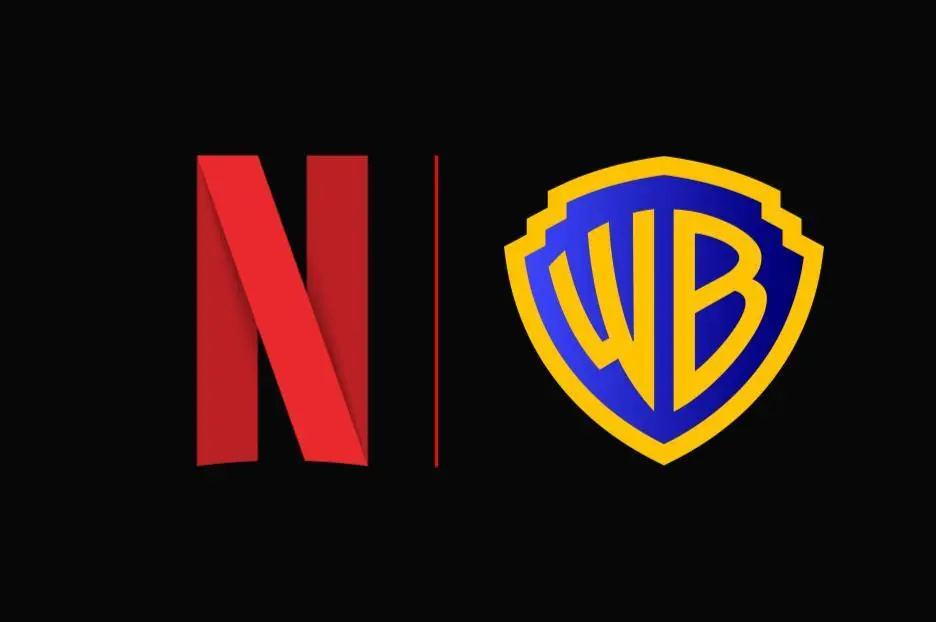Kodak is one of the oldest companies in existence. Founded in 1888, it has now been in operation for about 130 years. Before the digital age, Kodak’s primary business was in film for cameras of all types. But the company failed to keep up with the competition as the digital age emerged. In 2012, Kodak filed for bankruptcy, which it came out of almost two years later. The company emerged much smaller than the film juggernaut it used to be. In January 2018, Kodak in partnership with WENN Digital announced a brand new photo licensing platform which would be supported by a new cryptocurrency. This ancient company that failed to go all in on other technological revolutions in the past is now jumping in on the cryptocurrency craze. Has its management learned from past mistakes or is this a whole new blunder?
[shortcode-1-In-Article-Banner-728×60]
The new platform the company announced is KodakOne. This is a brand new photo licensing service supported by blockchain technology. The cryptocurrency powering the service is called KodakCoin, which began initial public offerings on January 31, 2018. Unlike Hooters creating a new cryptocurrency rewards program, KodakCoin and KodakOne are a possible solution to a current real world problem. If it works, this new platform could create an entire new scheme for image copyrighting.
KodakCoin will work on the KodakOne blockchain platform to provide a completely secure avenue for digital photo rights management. Photographers who hold KodakCoins will be able to upload new images, archive old work, and manage rights for their images on the platform. Users would be able to license their photos right from the platform and get receive payments in KodakCoin. Additionally, Kodak plans to use image recognition software to scour the web for instances of registered images, providing protection for all users on the KodakOne platform.
This new platform is a smart application of blockchain technology to solve a problem that has gone unaddressed for decades. Blockchain essentially functions as a secure public ledger. Every new transaction is added to the list, but due to encryption, no one is able to go back and change past entries. This creates a permanent record of every transaction. Blockchain would be the most secure platform to record image rights and keep track of them into the future. KodakOne makes KodakCoin the most logical and useful cryptocurrency that has been announced recently. It’s not a token for token’s sake. It will be serving a real, functional purpose that could take off in a huge way.
But what has some investors worried is Kodak’s companion announcement: the Kodak KashMiner. The KashMiner is a small computer that will mine for Bitcoin. Investors can rent these machines over a two year period, but they must give up half of the profits to Spotlite — the company Kodak is licensing its name to for this product. According to promotional materials, you’re supposed to earn $375 a month based on current Bitcoin value. But this is where it falls apart. Part of how Bitcoin works is that mining for it becomes more difficult overtime. So this profit rate will not keep up over those two years. The KashMiner may be the blunder in the company’s cryptocurrency bet.
Nevertheless, Kodak’s stock surged in response to these cryptocurrency announcements. Blockchain is the new hot buzzword and everyone wants to get on board.
But while the concept of applying blockchain technology to digital image rights does have potential, there are some concerns for investors looking to hop on to Kodak’s new platform early. KodakCoin is not really a Kodak project. WENN Digital is behind the offering and is a company that specializes in paparazzi photo licensing. Another hiccup is the initial offering of KodakCoin is limited to so-called accredited investors in the United States, defined as a person with a net worth of $1 million or more, or an annual income above $200,000. Most photographers that would be benefited by this program would not make the cut off. Additionally, as with all cryptocurrencies, it is unlike KodakCoin will become widely traded. Meaning holders might have to keep their currency indefinitely. And maybe freelance photographers prefer to get paid in cold hard cash instead.
Whether or not KodakOne and KodakCoin function and takes off, you can be sure that this is the beginning of blockchain technology being applied to various avenues outside of just offering a new shiny coin.
string(5774) "
Kodak is one of the oldest companies in existence. Founded in 1888, it has now been in operation for about 130 years. Before the digital age, Kodak's primary business was in film for cameras of all types. But the company failed to keep up with the competition as the digital age emerged. In 2012, Kodak filed for bankruptcy, which it came out of almost two years later. The company emerged much smaller than the film juggernaut it used to be. In January 2018, Kodak in partnership with WENN Digital announced a brand new photo licensing platform which would be supported by a new cryptocurrency. This ancient company that failed to go all in on other technological revolutions in the past is now jumping in on the cryptocurrency craze. Has its management learned from past mistakes or is this a whole new blunder?
[shortcode-1-In-Article-Banner-728x60]
The new platform the company announced is KodakOne. This is a brand new photo licensing service supported by blockchain technology. The cryptocurrency powering the service is called KodakCoin, which began initial public offerings on January 31, 2018. Unlike Hooters creating a new cryptocurrency rewards program, KodakCoin and KodakOne are a possible solution to a current real world problem. If it works, this new platform could create an entire new scheme for image copyrighting.
KodakCoin will work on the KodakOne blockchain platform to provide a completely secure avenue for digital photo rights management. Photographers who hold KodakCoins will be able to upload new images, archive old work, and manage rights for their images on the platform. Users would be able to license their photos right from the platform and get receive payments in KodakCoin. Additionally, Kodak plans to use image recognition software to scour the web for instances of registered images, providing protection for all users on the KodakOne platform.
This new platform is a smart application of blockchain technology to solve a problem that has gone unaddressed for decades. Blockchain essentially functions as a secure public ledger. Every new transaction is added to the list, but due to encryption, no one is able to go back and change past entries. This creates a permanent record of every transaction. Blockchain would be the most secure platform to record image rights and keep track of them into the future. KodakOne makes KodakCoin the most logical and useful cryptocurrency that has been announced recently. It's not a token for token's sake. It will be serving a real, functional purpose that could take off in a huge way.
[shortcode-8-GO-TO-responsive-in-article]
But what has some investors worried is Kodak's companion announcement: the Kodak KashMiner. The KashMiner is a small computer that will mine for Bitcoin. Investors can rent these machines over a two year period, but they must give up half of the profits to Spotlite — the company Kodak is licensing its name to for this product. According to promotional materials, you're supposed to earn $375 a month based on current Bitcoin value. But this is where it falls apart. Part of how Bitcoin works is that mining for it becomes more difficult overtime. So this profit rate will not keep up over those two years. The KashMiner may be the blunder in the company's cryptocurrency bet.
Nevertheless, Kodak's stock surged in response to these cryptocurrency announcements. Blockchain is the new hot buzzword and everyone wants to get on board.
But while the concept of applying blockchain technology to digital image rights does have potential, there are some concerns for investors looking to hop on to Kodak's new platform early. KodakCoin is not really a Kodak project. WENN Digital is behind the offering and is a company that specializes in paparazzi photo licensing. Another hiccup is the initial offering of KodakCoin is limited to so-called accredited investors in the United States, defined as a person with a net worth of $1 million or more, or an annual income above $200,000. Most photographers that would be benefited by this program would not make the cut off. Additionally, as with all cryptocurrencies, it is unlike KodakCoin will become widely traded. Meaning holders might have to keep their currency indefinitely. And maybe freelance photographers prefer to get paid in cold hard cash instead.
[shortcode-1V-vert-banner-01]
Whether or not KodakOne and KodakCoin function and takes off, you can be sure that this is the beginning of blockchain technology being applied to various avenues outside of just offering a new shiny coin.
"












